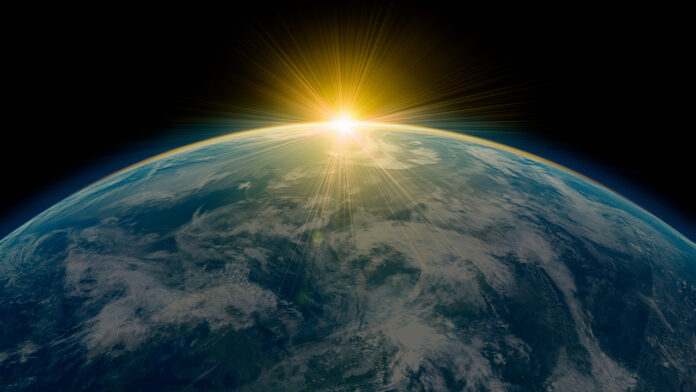
The year 2025 will bring extraordinary changes and astronomical events that will shape how we see the world. From unique astronomical phenomena to natural occurrences that capture the imagination, there is much to look forward to this year.
If you have ever found yourself staring at the sky and wondering about what lies beyond, this is the perfect time to explore what makes 2025 special.
Let’s take a closer look at everything happening to Earth and uncover the most fascinating events to watch for this year.
January – Quadrantid Meteor Shower and Venus at Greatest Eastern Elongation
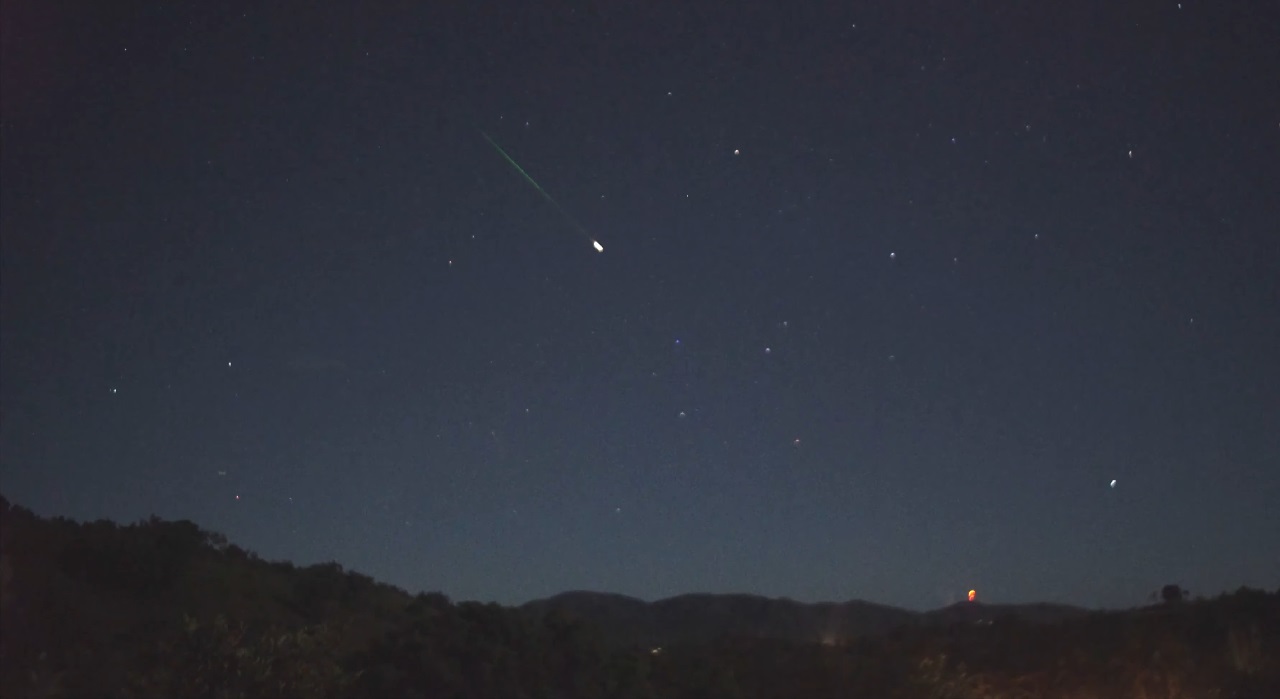
January kicks off the year with two incredible celestial events that are sure to capture the attention of stargazers and sky enthusiasts.
The Quadrantid Meteor Shower and Venus at its greatest eastern elongation offer unique opportunities to connect with the night sky.
The Quadrantid Meteor Shower
The Quadrantid Meteor Shower peaks between January 3 and 4 and is one of the strongest meteor showers of the year.
It produces up to 120 meteors per hour during its short peak. These meteors are remnants of an asteroid that enter Earth’s atmosphere at speeds of up to 70 kilometers per second, burning up in flashes of light.
How to Watch?
- Best Time: Late night on January 3 through the early morning hours of January 4.
- Where to Look: Face northeast, where the meteors radiate from the area of the former constellation Quadrans Muralis.
- What to Bring: Warm clothing, a comfortable spot to lie down, and patience. No telescope or binoculars are needed.
Venus at Its Greatest Eastern Elongation
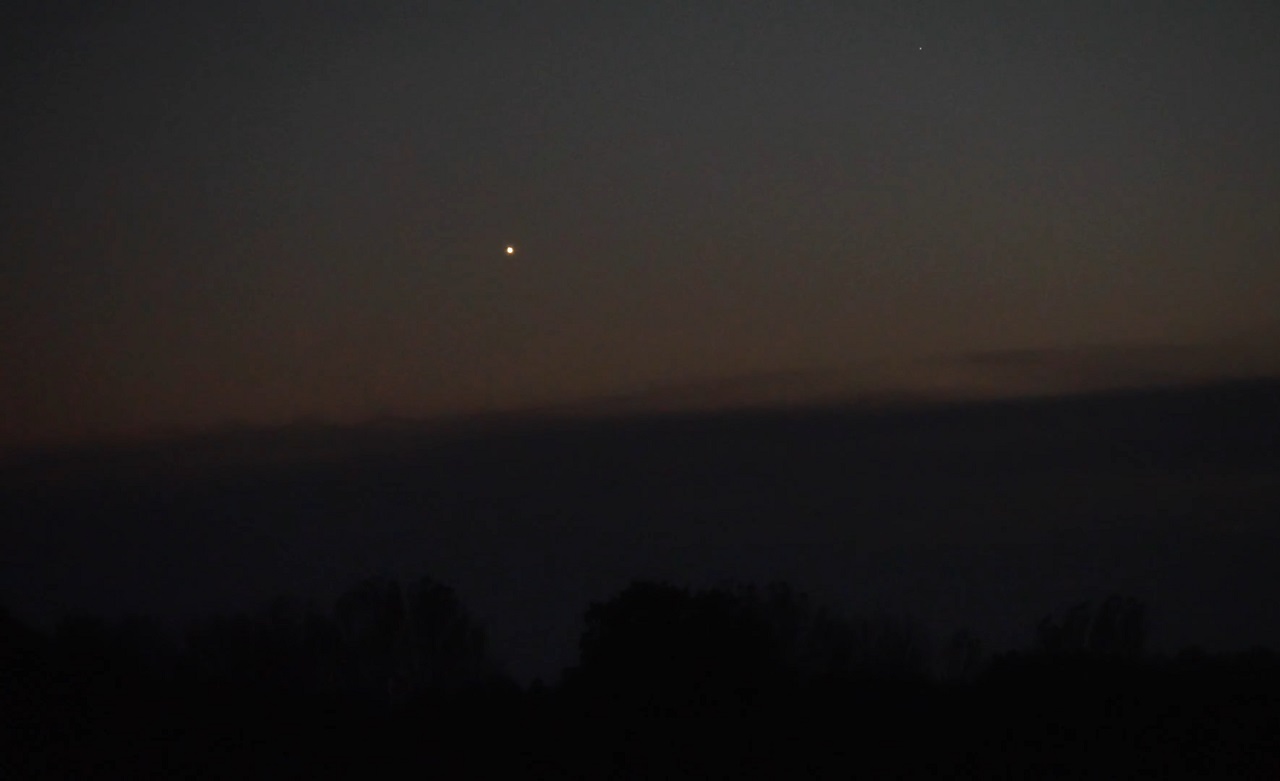
On January 10, Venus will reach its greatest separation from the Sun, appearing as the evening star in the western sky.
This is one of the brightest celestial objects visible, making it impossible to miss even with the naked eye.
- Peak Visibility: Just after sunset on January 10.
- Why It Happens: This alignment occurs when Venus reaches the furthest point in its orbit where it can be seen in the evening sky.
- Viewing Tip: Use binoculars for a clearer view, or simply enjoy its brightness with the naked eye.
February – Rare Planetary Parade Across the Night Sky
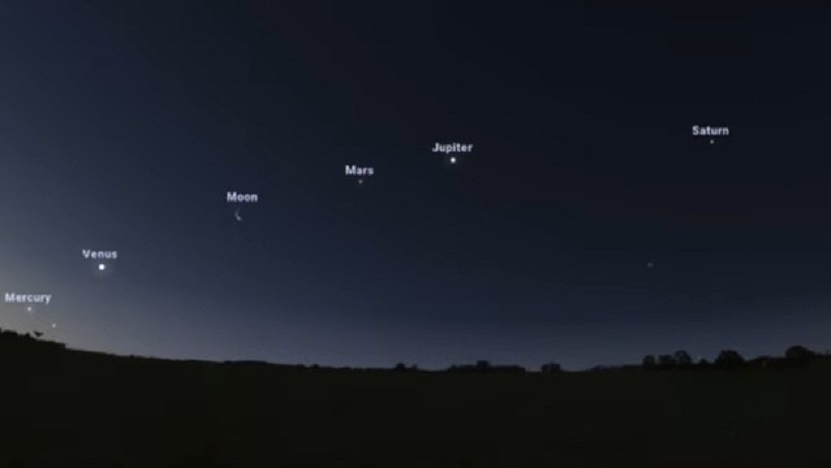
February brings a rare and spectacular event—the alignment of all seven visible planets in the night sky.
A planetary parade occurs when several planets align in the same region of the sky, appearing close together from Earth’s perspective.
In February, Mercury, Venus, Mars, Jupiter, Saturn, Uranus, and Neptune will be visible, creating a stunning lineup that stretches across the night.
- Peak View: February 28, shortly after sunset.
- Best Locations: Areas with minimal light pollution and a clear view of the horizon.
How to Spot Each Planet?
- Mercury and Venus: Look low on the western horizon shortly after sunset. Venus will appear brighter.
- Mars: Higher up in the western sky, noticeable by its reddish hue.
- Jupiter and Saturn: Easily visible in the southern sky. Jupiter will outshine Saturn.
- Uranus and Neptune: These require binoculars or a small telescope due to their faint visibility.
March – Saturn’s Rings Disappearing and Total Lunar Eclipse
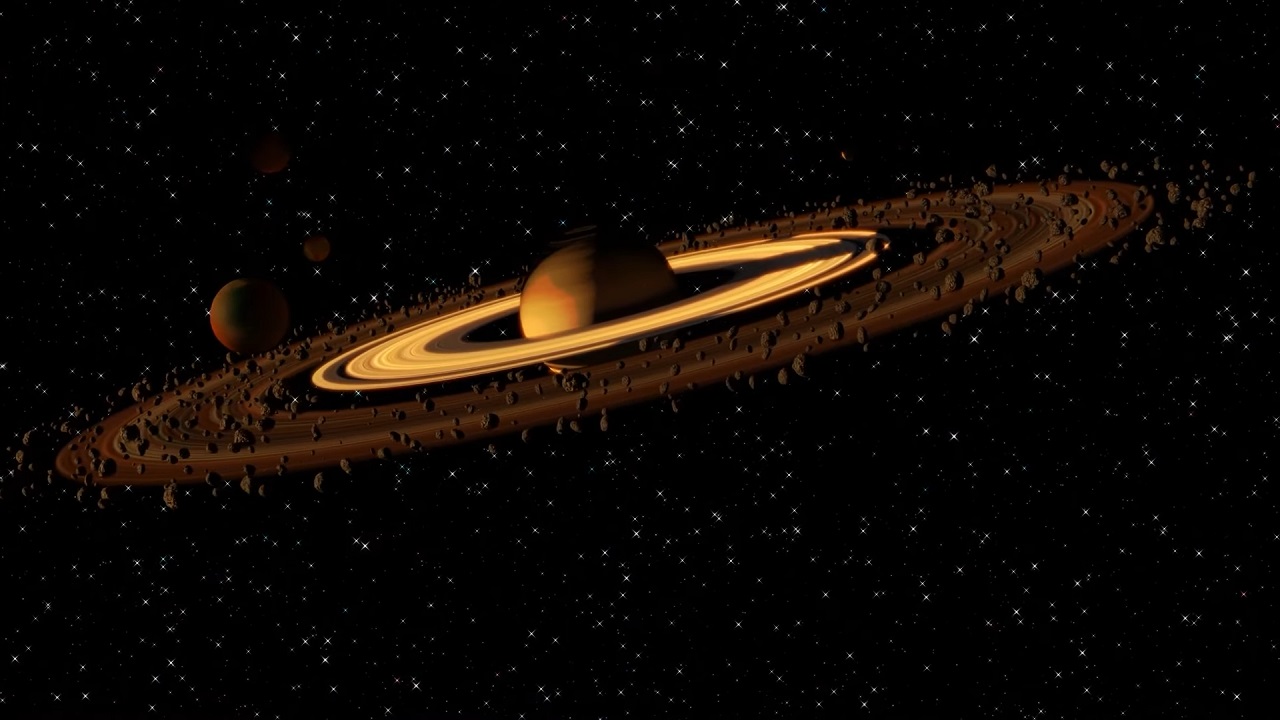
March offers two extraordinary events that highlight the dynamic beauty of the universe.
Saturn’s iconic rings will seemingly vanish from view, while a total lunar eclipse will turn the Moon a striking shade of red.
Saturn’s Rings Disappearing
Saturn’s rings, one of the most recognizable features in our solar system, will appear to disappear in March due to their alignment with Earth.
This phenomenon occurs roughly every 15 years as Saturn’s tilt causes its rings to become edge-on from our perspective, making them nearly invisible.
- Peak Period: Throughout March.
- How to watch: A telescope is ideal for viewing the edge-on rings, but even small telescopes or high-powered binoculars can provide a glimpse.
Total Lunar Eclipse
On March 14, a total lunar eclipse will grace the skies, turning the Moon a reddish hue commonly known as a “Blood Moon.”
This event occurs when the Sun, Earth, and Moon align, and Earth’s shadow completely covers the Moon.
- Time of Eclipse: Totality will occur late at night on March 14.
- Duration: The total eclipse will last approximately one hour.
- Visibility: The eclipse will be visible across Europe, Africa, and parts of Asia.
In April, Earth Day 2025 will call attention to the urgent need for stronger action to protect the environment.
May – Eta Aquariid Meteor Shower Lights Up the Skies
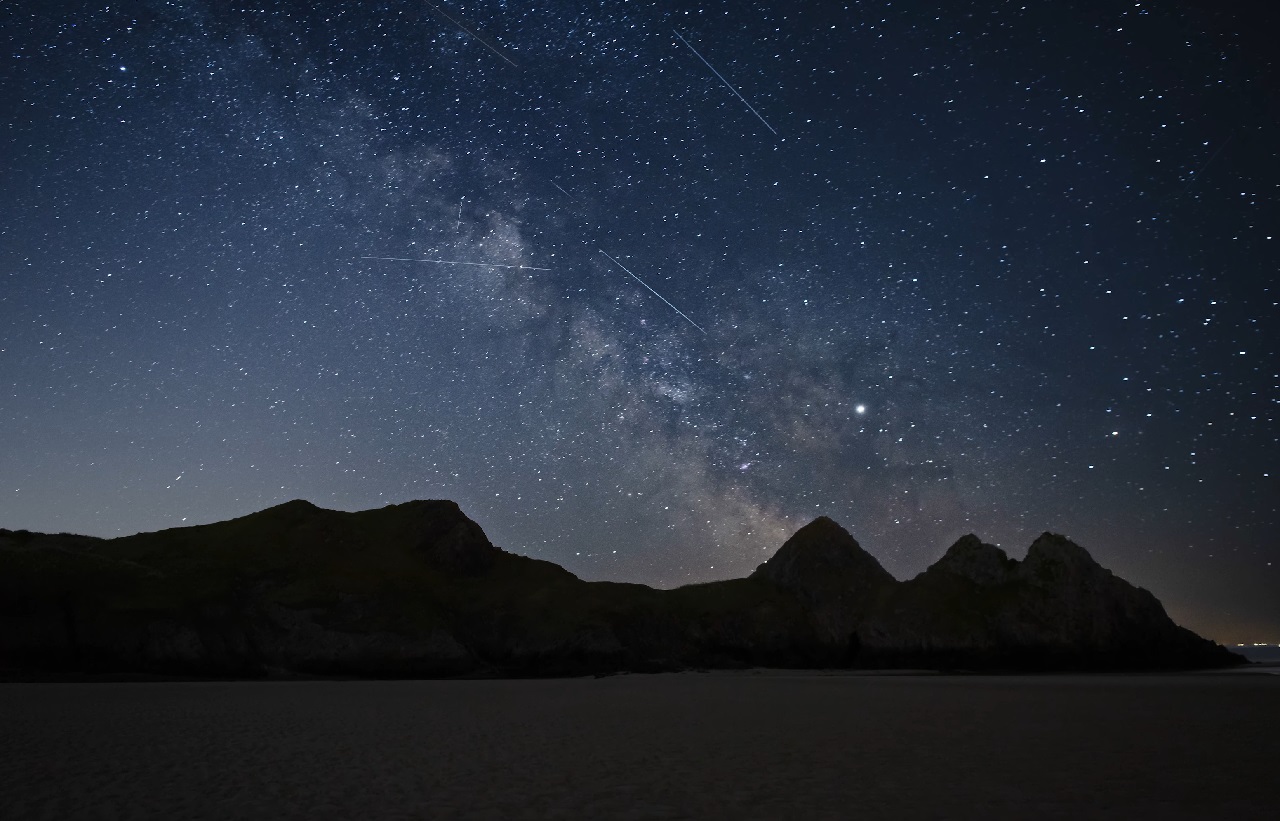
May brings the dazzling Eta Aquariid meteor shower, offering a chance to witness remnants of Halley’s Comet streaking across the sky.
This annual event is one of the highlights of spring for stargazers and promises a stunning display of fast-moving meteors.
The Eta Aquariids originate from debris left behind by Halley’s Comet, one of the most famous comets in history.
As Earth passes through the trail of particles, these fragments burn up in the atmosphere, creating bright, swift meteors.
- Peak Dates: May 6-7, during the early morning hours before dawn.
- Meteor Rate: Up to 50 meteors per hour under ideal conditions.
- Speed: These meteors are known for their high velocity, traveling at speeds of up to 66 kilometers per second.
August – Perseid Meteor Shower and Venus-Jupiter Conjunction
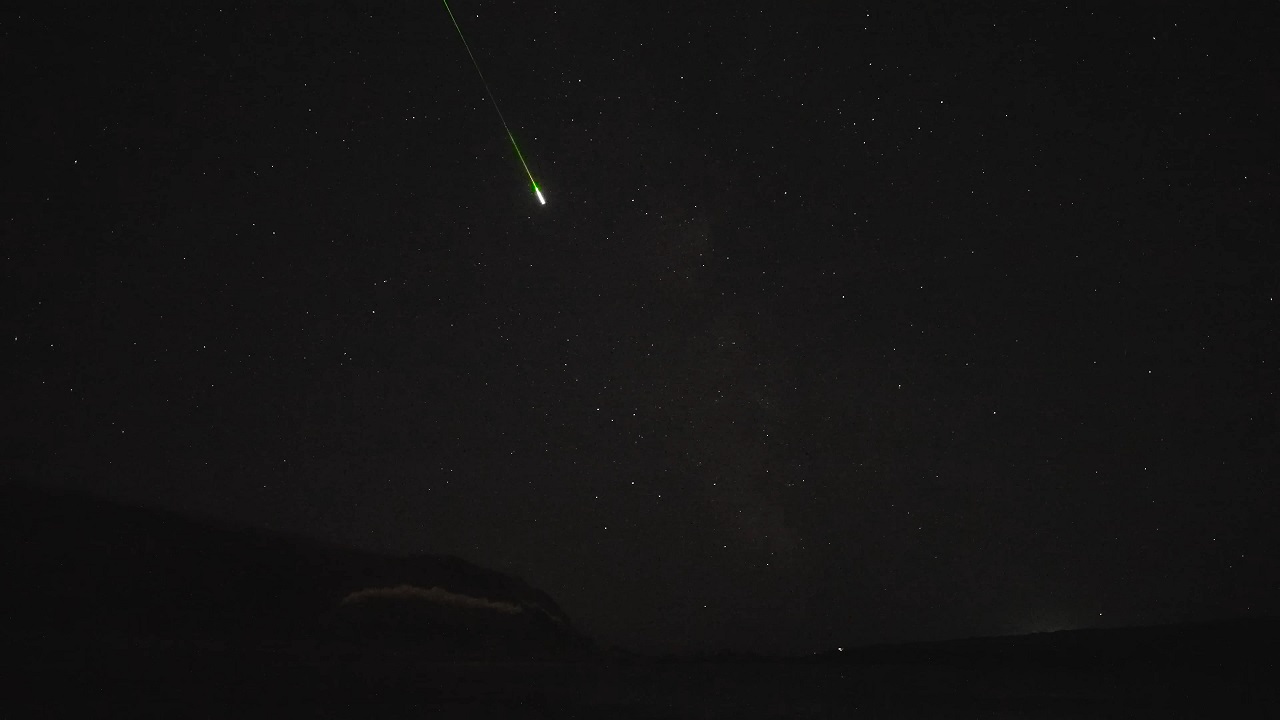
August is a standout month for stargazing, offering two incredible celestial events.
The Perseid Meteor Shower, one of the most popular and dependable meteor showers of the year, takes center stage, followed by a rare conjunction of Venus and Jupiter.
The Perseid Meteor Shower
The Perseid Meteor Shower is a yearly highlight, known for its high activity and bright meteors.
It originates from debris left behind by the comet Swift-Tuttle, which burns up as it enters Earth’s atmosphere, creating fast and vivid streaks of light.
- Peak Dates: August 12-13, during the late evening and early morning hours.
- Meteor Rate: Up to 100 meteors per hour under ideal conditions.
- Unique Feature: The Perseids are famous for their bright meteors, some of which leave glowing trails.
Venus-Jupiter Conjunction
On August 11-12, Venus and Jupiter will appear exceptionally close together in the evening sky, creating a brilliant pairing that is visible to the naked eye. This rare conjunction is an awe-inspiring sight, as two of the brightest planets in the solar system align.
- Best Viewing Time: Just after sunset, looking west.
- How Close: The planets will appear separated by only a fraction of a degree, making them seem almost as one.
- Viewing Equipment: While visible without tools, binoculars or a telescope will enhance the experience, allowing you to see their distinct features.
September – Total Lunar Eclipse and Partial Solar Eclipse
September delivers two significant celestial events—a mesmerizing total lunar eclipse that paints the Moon red and a partial solar eclipse visible in select regions.
Total Lunar Eclipse
On September 7, a total lunar eclipse will occur, offering a dramatic transformation of the Moon’s appearance.
As Earth’s shadow fully covers the Moon, it takes on a reddish hue, often referred to as a “Blood Moon.”
- Peak Time: The eclipse’s totality will occur in the evening hours, lasting approximately one hour and 22 minutes.
- Visibility: It will be visible across Europe, Africa, Asia, and parts of Australia.
Partial Solar Eclipse
On September 21, a partial solar eclipse will occur, where the Moon partially blocks the Sun’s light, creating a striking visual effect.
The eclipse will be visible in Oceania, Antarctica, and parts of the southern hemisphere.
- Peak Time: Midday in regions where it is visible.
- Coverage: Depending on the location, up to 50% of the Sun’s surface may be obscured.
October to December – Three Supermoons and Geminid Meteor Shower
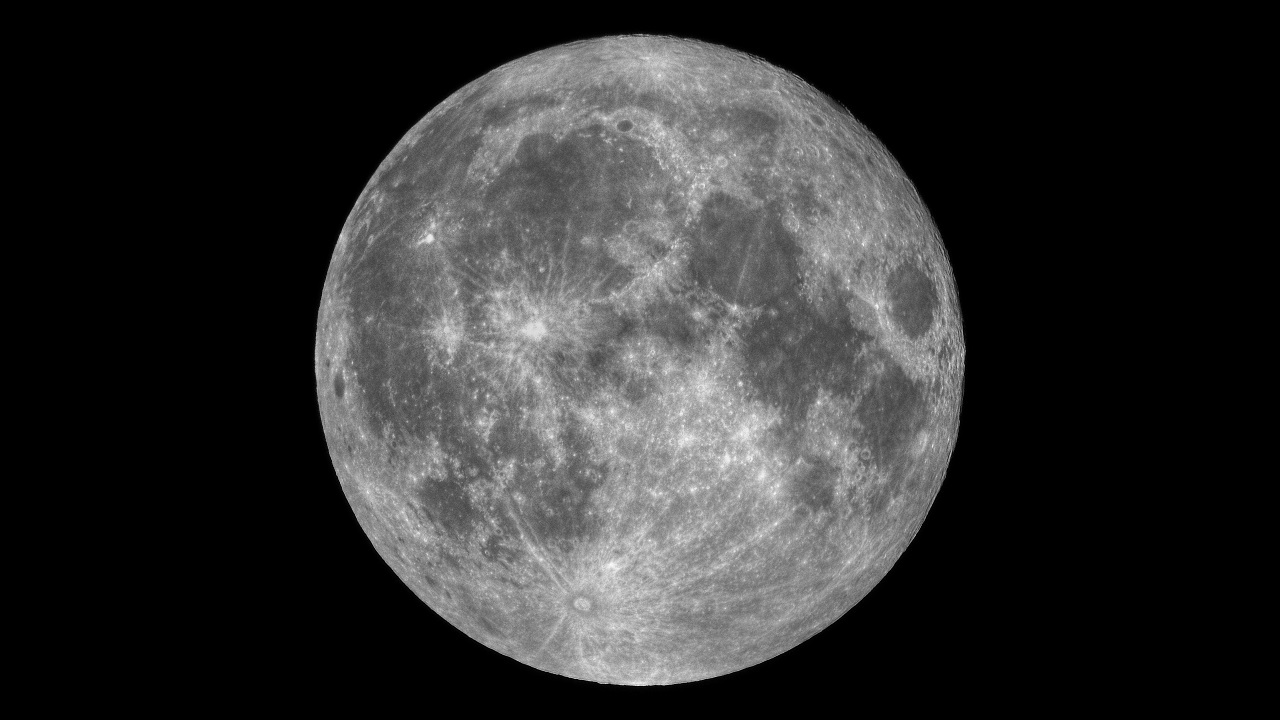
The final months of 2025 bring a series of celestial highlights, including three consecutive supermoons and one of the most anticipated meteor showers of the year, the Geminids.
Three Supermoons
From October to December, the night sky will feature three supermoons. These occur when the Moon is at its closest point to Earth, making it appear larger and brighter than usual.
- Hunter’s Moon: October 7
- Beaver Moon: November 5
- Cold Moon: December 4
Geminid Meteor Shower
The Geminid Meteor Shower peaks on December 13-14 and is one of the brightest and most reliable meteor showers of the year. Originating from the asteroid 3200 Phaethon, the meteors are known for their slow, colorful streaks across the sky.
- Peak Activity: Up to 120 meteors per hour under ideal conditions.
- Best Viewing Time: Late night on December 13 through the early hours of December 14.
- Unique Feature: The Geminids often produce multicolored meteors, making them a favorite for observers.
Final Thoughts
2025 brings an incredible array of celestial events that will captivate skywatchers and inspire a deeper appreciation for the universe.
From meteor showers and eclipses to planetary alignments and supermoons, this year offers countless opportunities to connect with the wonders above.
These events are perfect for anyone, regardless of experience, who wants to take a moment to admire the natural beauty of the night sky.
Read Next – Did You Know Earth Has Minimoons?
















